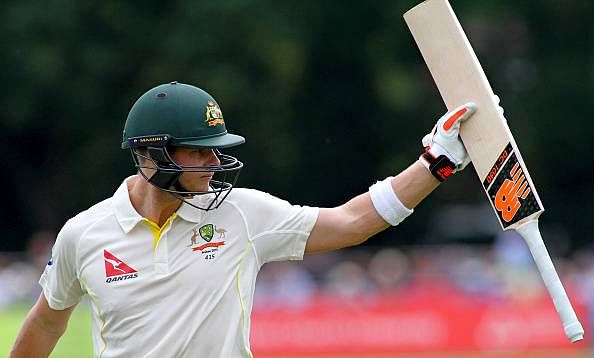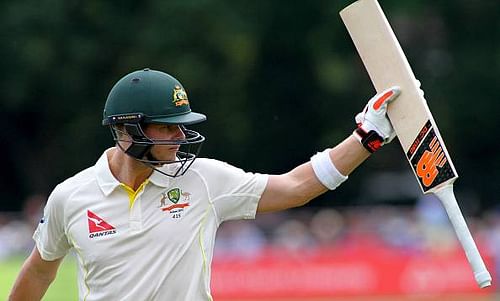
Ashes 2015: 5 key battles that will decide the fate of the series
With another Ashes series looming, there is an immense amount of scrutiny on the players involved. The Ashes isn’t just any cricketing contest, it is more akin to an opera. It is as much about the theatre of the moment as it is about the actual contest between bat and ball.In the 1974-75 series, a famous sign sprung up. I will now paraphrase it; Ashes to Ashes, Dust to Dust, if the hype doesn’t get you the media must. It is the price you must pay to be part of an Ashes contest; the deeds of this iconic series live long in the minds of the public, it is a time where legends are born and reputations maligned. This article explores 5 key Ashes battles that could shape the course of the series.
#1 The number 3 Position

Cricketing lore is full of myths, none more egregious than the notion that the best player must bat at first drop. For Australia, it gets all the more confusing and murky for this Ashes series. Their best player just so happens to be batting at number 3, but there are those that feel that batting at 3 will nullify the Steven Smith effect. They say he’s too fidgety. They say his technique isn’t good enough.
Essentially, the theory is that Smith will struggle against the swinging, new Dukes ball but not the swinging not-so-new Dukes ball. The man himself had this to say “The thing for me is my defence: as long as my defence is in good order then I feel the rest of my game can expand from there. Particularly over here I think your defence is key against the newer ball.” Shot selection and circumspection early on will be the buzzwords for Smith as he goes into bat.
Jonathan Trott succeeded with an idiosyncratic technique in the same conditions from the same position. There’s no reason Smith cannot follow suit. Furthermore, Australia’s only real options to replace Smith are Shane Watson and Shaun Marsh. It would be madness to replace the number 1 ranked Test batsman in the world with either of them. Expect Smith to stamp his authority on the series.
England are in a not dissimilar position. Pundits want their number 3 batsman to bat down the order as well. Gary Ballance may not be the best player in the team, but he has had a stellar 12 months.
Having said that, this writer agrees with the general consensus; Balance’s predominantly back-foot game, exaggerated shuffle across the stumps and minimal footwork early on are all better suited to a gig lower down the order.
Ian Bell could move up a spot to number 3, with Joe Root coming in at 4, leaving Ballance to slot in at 5. This allows England’s best technician to cope with the new ball while allowing Ballance to accumulate at number 5.
Most importantly, Joe Root moves up a spot while still being shielded from the new ball to an extent. England are right to back their players, but batting Ballance at 3 does not make much cricketing logic. He may still dominate the series from number 3, but that will be despite his position in the batting order; not because of it.
Number 3 batsmen have the ability to shape the game. In order to do that, they must have the necessary tools to cope with any situation. Although both seem technically limited for the role at hand, Smith has proven himself to be the sort of player that transcends surfaces and techniques. He has been the closest thing to a cricketing spoiler in these last 12 months, in the sense that he infallibly scores runs.
Unless England change their batting order, Australia will emerge victorious in the battle of the number 3s. It won’t even be close.
Score: Australia 1, England 0